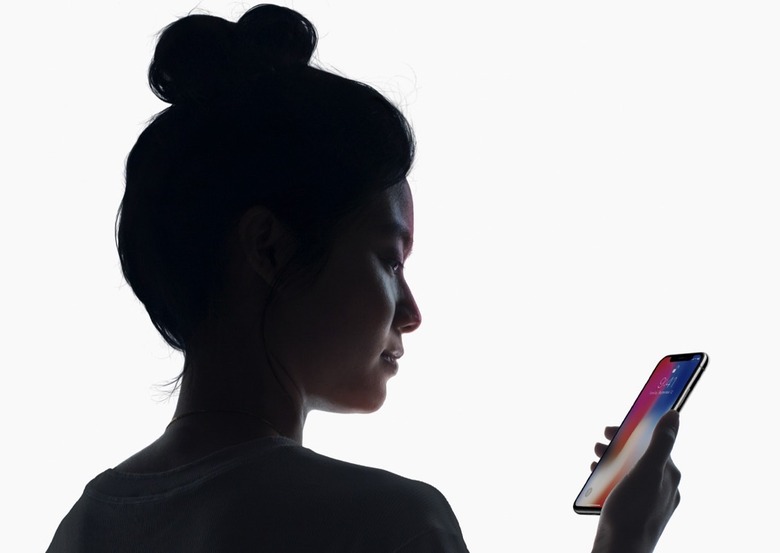It's Official: Face ID Is Slower Than Touch ID, But Don't Freak Out Yet
The iPhone X officially hits the streets on Friday morning, but a legion of tech reviewers have already been putting the phone's newest features through the ringer. The biggest question marks surround Face ID, Apple's much-hyped replacement for the Touch ID fingerprint scanner introduced with the iPhone 5S.
Unfortunately, the news isn't all good. Tom's Guide did stopwatch testing of the two methods against each other, and Face ID takes significantly longer than Touch ID, at least from when the screen turns on.
With Face ID on the iPhone X, it took 1.2 seconds from pressing the side button to the iPhone X's screen turning on and for the phone to recognize me and unlock the device. And it was another 0.4 seconds to swipe up to get to the lock screen. Total time: 1.8 seconds.
On my iPhone 7 Plus, I could get to the home screen just by pressing and holding my thumb on the Touch ID sensor in an average of 0.91 seconds.
Now, this isn't quite an apples-to-apples comparison. Infamous Apple watcher John Gruber pointed out some differences in how users will actually use the two different methods of unlocking:
If raise-to-wake kicks in and turns on the display, all you need to do is swipe up from the bottom. Don't wait for the lock icon to change — don't even worry about it. Just swipe up. If raise-to-wake hasn't kicked in, and you're holding your iPhone X in your hand with the display off, just tap the screen near the bottom and immediately swipe up. The best way to use Face ID is to pretend it isn't even there, and just swipe up from the home indicator.
Tapping the screen to wake the display is one of my favorite features so far. There's really no reason to use the side button to wake the phone.
You can also disable the iPhone X's setting that only unlocks the phone when your eyes are actually looking at the display, which could make the process a little faster.
At first glance, though, this isn't good news for Face ID or Apple. The fact of the matter is that the facial recognition scan takes longer than the fingerprint scan, and while I'm sure the tech can and will get faster, people are going to have a lot of questions about a perceived downgrade in technology.
But it's also becoming increasingly clear that Face ID isn't just a like-for-like replacement of Touch ID. TechCrunch's Matthew Panzarino, one of the few to have been testing the iPhone X for a week, points out how Face ID can make the notification screen more useful:
